

As discussed in an earlier ARC report, during the fall of 2016, SAP and Trenitalia organized an Executive Summit in 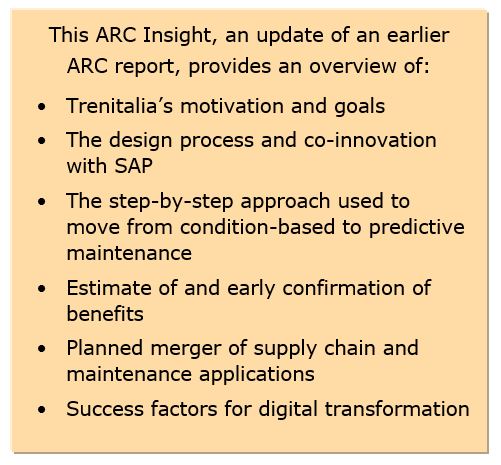
At the event, SAP discussed the partnership and co-development with Trenitalia and the company’s commitment to invest in IoT; and announced SAP IoT Solutions and Industry 4.0 Solution Package, acquisition of two companies, and the creation of SAP IoT Labs.
Subsequently, the company announced SAP Leonardo, a system of innovation that enables organizations to quickly apply new technologies and innovations such as IoT, machine learning, analytics, blockchain, Big Data, and SAP Cloud Platform to solve real-world business problems. The company held the “Leonardo Live” event in Frankfurt, Germany last July to introduce the new brand. Danilo Gismondi, CIO of Trenitalia, gave an update about the Dynamic Maintenance Management System project.
In this report, we update and provide a complete overview of this very interesting project, drawing additional information from both a video by Mr. Masini (Trenitalia) and Mr. Mari (SAP) and a video by Mr. Caposciutti and Mr. Gismondi.
Trenitalia, Italy’s state-owned, public railway company with a €5.5 billion turnover, is the train operation branch of Ferrovie Dello Stato Italiane. The company operates over 240 high-speed and 6,300 regional trains per day. One of the key triggers for transforming to IIoT-enabled predictive maintenance, according to Paolo Masini, Rolling Stock %20High-speed%20Train.JPG)
The company aims to compete successfully based on both cost and client value such as safe, sustainable and comfortable travel, with minimal delays and breakdowns. According to Trenitalia’s CEO, Barbara Morgante, the company aims to be better than others and “on target on time.” In this context, “on time” refers to the timeliness of a given quality of service at an appropriate price.
As discussed in our previous report, the company is investigating additional ways to improve the travel experience by extending the scope of travel from station-to-station to a door-to-door experience, providing similar comfort as travelling by car, explained Mr. Renato Mazzoncini, CEO of Ferrovie dello Stato Italiane. Since client service quality, including both reliability and punctuality, is a high priority for Trenitalia, more effective maintenance is not only a cost-saving opportunity, but also contributes to quality and customer satisfaction.
The company’s trains run in climatic conditions that range from Alpine to Mediterranean. Some trains travel short distances with a lot of braking and acceleration and opening and closing cycles of doors; others travel large distances and make more wheel rotations. In addition, trains experience uneven wear on right or left wheels depending on the direction in which they lean. Classical mileage-based preventive maintenance is therefore not very effective, since inspections often don’t reveal anything wrong, but still do not prevent subsequent breakdowns. As maintenance represents the company’s largest expense, it was critical to investigate more efficient approaches.
Trenitalia envisioned the use of an open, affordable and standards-based platform and employing customized mathematical algorithms to schedule maintenance driven by the health and available life of each individual component. The company started co-innovating with SAP on the SAP HANA platform in 2014 and a first prototype indicated significant potential savings.
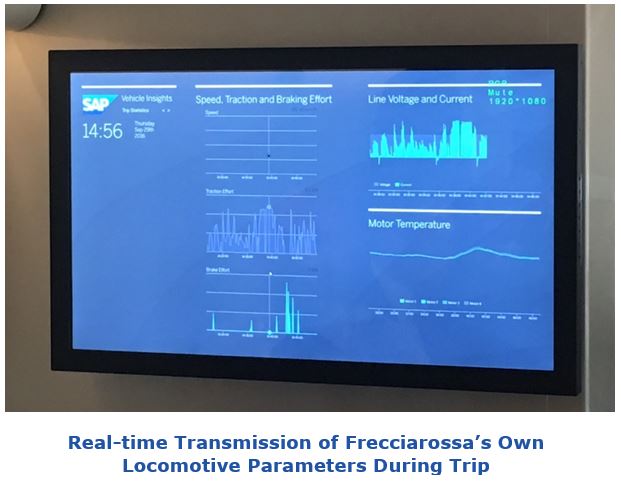
In situations where maintenance is required quickly, trains will most often first complete their routes. However, in rare cases, the company will send a new train alongside the defective/damaged one, and transfer the passengers. Losing five or ten minutes in the transfer is far better than getting stuck for hours in a tunnel!
Despite its benefits, the system was still very similar to reactive maintenance, and often resulted in inefficient interventions. According to Marco Caposciutti, CTO of Trenitalia, the remote diagnostic platform has limited scalability and anomaly detection is based on the engineers’ experience and limited by the number of installed sensors. Also, there is a lack of uniformity in how breakdowns are described.
Since 2014, working closely with SAP, the company brought those data into SAP HANA and started analyzing them to 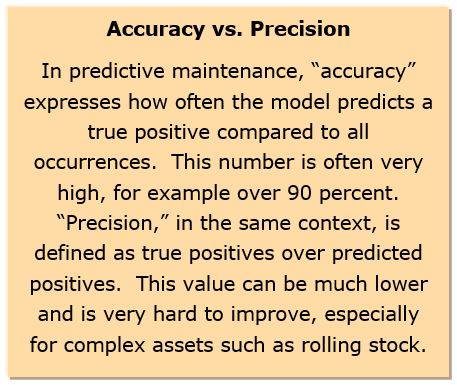
Francesco Mari, SAP Vice President IoT Business Innovation, noted that in this exploratory phase, all data were being gathered to determine which are useful. Although initially it was not possible to predict the breakdown of a component with high accuracy and precision, the company was able to identify more representative variables than just distance run as key performance measures for predicting failures. These included door open/close cycles. In another example, Danilo Gismondi, CIO of Trenitalia, explained that instead of a kilometer count, the company estimates brake health by measuring the heat dissipated during braking.
Groups of components with higher or lower criticality and risk can also be distinguished. For example, the pantographs mounted atop the engines to catch the electricity to power the trains from overhead catenary wires are both high risk and highly critical. Components critical for passenger comfort such as air conditioning, and soap levels in the lavatories are also closely monitored.
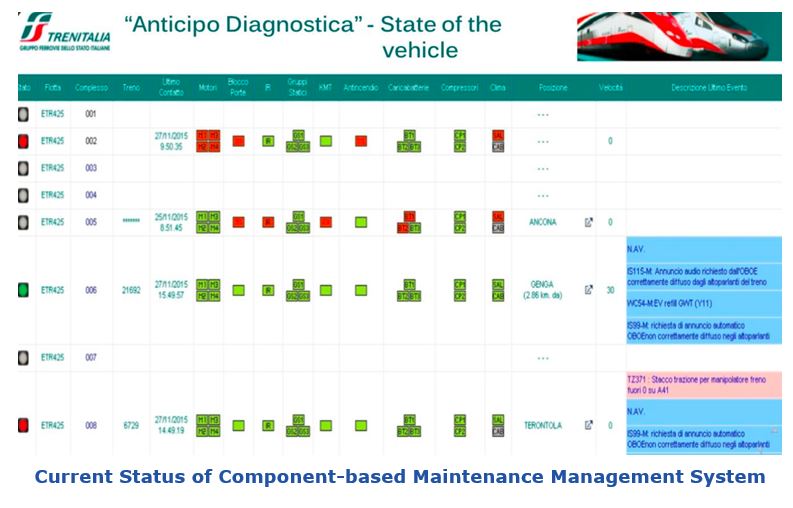
The company discovered some totally unexpected correlations. For example, certain battery types performed differently on different train types. Out of a total of a million components, the ten most critical of the top 1,000 are now clearly identified. Using both real-time and historical maintenance information, Trenitalia is transitioning to a dynamic, component-based maintenance strategy in which higher risk components and those components reaching their pre-determined limits are checked and maintained more frequently. In some cases, diverging KPIs of components on the same train can be balanced by choosing specific destinations. For example, trips requiring more left wheel rotations and accelerations can be balanced with new destinations that put more load on the right wheels. Clearly, Trenitalia had to make its integrated travel and maintenance schedules much more granular to achieve the desired increases in reliability and savings.
Currently, the company concentrates on modern, instrumented trains; collaborating with the train vendors if still under warranty. For older trains without instrumentation, the company may retrofit the locomotives and trains with instruments, depending on the individual business case.
Although Industrial IoT and analytics simplified and speeded up the creation of value-adding applications, these haven’t made physics any simpler. Not all parameters (such as at the outer surface of the train) can be measured on-line with sensors. Therefore, Trenitalia has entered into cooperative agreements with both the University of Pisa to develop an automated tool to make inspections under the train when it stops at a station, and with the Politecnico University in Milan to develop soft sensors and algorithms for predictive analytics of fleet assets.
In 2017, Trenitalia started rolling out the capability to predict the remaining useful life of components and now uses these predictions to calculate new maintenance and schedules. The effort required is not to be taken lightly, 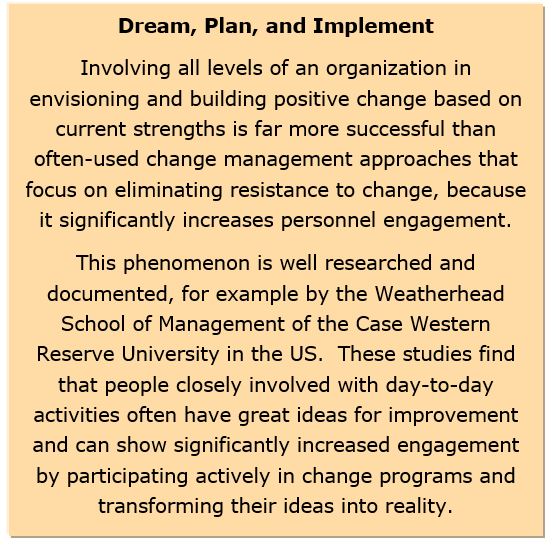
When maintenance activities approach their deadlines but have not yet been executed, the system delivers notifications and recalculates new deadlines if necessary and transmits those to Trenitalia’s Dynamic Maintenance Management System, a solution based on the SAP Predictive Maintenance and Service package. This part of the solution complements the dynamic and predictive component-based maintenance strategy.
Mr. Gismondi mentioned that SAP not only wanted to sell Trenitalia a solution, but was also prepared to invest in it, which made a difference. Trenitalia’s investment in the new system is considerable: around €50 million, including tele-diagnostics and improvements in the maintenance plant. With the results obtained so far on certain components, Mr. Gismondi is confident this investment will enable saving 8 percent of the current maintenance cost (€1.3 billion), increase availability by 5 to 8 percent, and reduce the cost of failures (€10 to €20 million) and associated impact on customers.
Mr. Gismondi insisted that the project is not an IT project but a business-oriented project. It required a mix of business and IT personnel, data scientists, and key maintenance people.
Ms. Morgante mentioned that the company is currently developing a culture based on technology and innovation. People in maintenance are involved and have a more important role in the company, she said. Mr. Gismondi explained that key maintenance personnel have been involved since the start of the project to spread the cultural shift. They have 8-inch tablets to interact with for their work orders, including providing critical feedback after the maintenance order is executed.
Trenitalia executives have expressed a great deal of pride that such an “old-economy” type of business can be transformed into a very efficient, state-of-the-art, high-tech operation. The anticipated expected benefits of over €100 million annually are impressive, and would appear to justify the considerable effort and investment required.
The company is well under way toward realizing its vision and expects to complete the project by 2018. After finalizing the DMMS project, Trenitalia plans to merge the application with its supply chain management system. Considering the significant costs associated with purchasing and storing spare parts inventories, it’s likely that integrating maintenance planning/scheduling with supply chain management would offer further opportunities for business optimization.
Even before the SAP Leonardo brand existed, SAP and Trenitalia committed to co-innovate in IIoT-enabled maintenance. ARC believes it was not only the favorable combination of IIoT and asset analytics that enabled Trenitalia’s success; but also the combination of vision, leadership, technology, and culture change in both companies.
ARC recommends that other operating companies take note of this testimonial and envision their own, unique positive change.
If you would like to buy this report or obtain information about how to become a client, please Contact Us
Keywords: IIoT, Analytics, Rail, Fleet, Condition Monitoring, Predictive Maintenance, Component-based Maintenance, SAP, Trenitalia, ARC Advisory Group.

